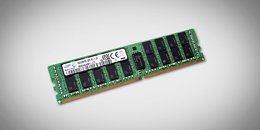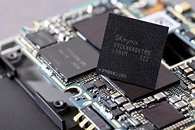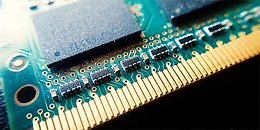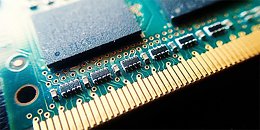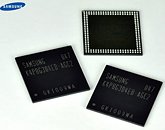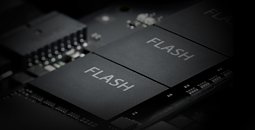
DRAM Price-Fix Uncovered in China, 'Massive Evidence' Against Samsung, SK Hynix and Micron
The Chinese State Administration for Market Regulation has been conducting an anti-monopoly investigation of the global Dynamic RAM market. According to an interview of Wu Zenghou (bureau's head) in the Financial Times, this process has found "massive evidence" against the three companies (Samsung, Hynix, and Micron) that are responsible for the vast majority of this segment. "The anti-monopoly investigation into these three companies has made important progress", points out the investigator. On April these three companies were hit with a price-fixing suit on the same matter in the US, and this investigation seems to confirm those reports.
There is even an older precedent, as Samsung and Hynix were fined both by the US Department of Justice in 2005 and by the European Commission in 2010 on price-fixing allegations. The charges now are similar, and if the companies are found guilty, they could face fines of over $2.5 billion. Some analysts suggest this investigation could be part of the trade war between China and the US, with the former trying to get some leverage pushing the Chinese semiconductor company Fujian Jinhua Integrated Circuit as a bigger player on this market. One that, by the way, is being investigated on allegations of misappropriated trade secrets from Micron. Samsung and SK Hynix have accused China DRAM makers of industrial espionage, too.
There is even an older precedent, as Samsung and Hynix were fined both by the US Department of Justice in 2005 and by the European Commission in 2010 on price-fixing allegations. The charges now are similar, and if the companies are found guilty, they could face fines of over $2.5 billion. Some analysts suggest this investigation could be part of the trade war between China and the US, with the former trying to get some leverage pushing the Chinese semiconductor company Fujian Jinhua Integrated Circuit as a bigger player on this market. One that, by the way, is being investigated on allegations of misappropriated trade secrets from Micron. Samsung and SK Hynix have accused China DRAM makers of industrial espionage, too.
